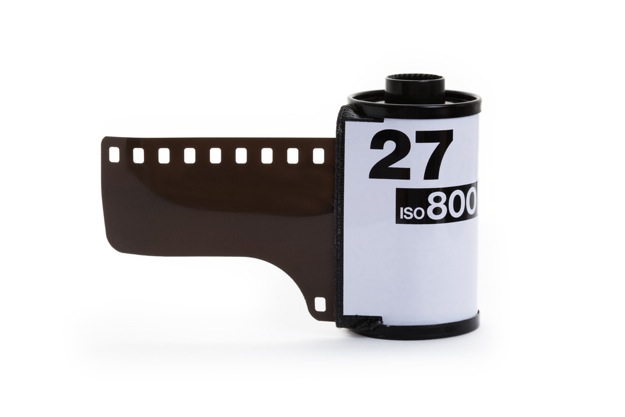
Despite the dominance of digital cameras, it hasn’t killed off film photography entirely. There remains interest in traditional film, as evident in things like the Impossible Project and companies like Ilford and Lomography (not to mention the number of people we have seen toting around analog film cameras). But PetaPixel highlighted an interesting article by Glenn Fleischman in The Economist’s Babbage blog, where he writes that it isn’t just digital that is killing film, but the changes in economics and production that are preventing the silver-halide film industry from ever coming back, nor will it ever reach consistent quality.
Fleischman interviewed Robert Burley, a professor at Ryerson University in Toronto who has documented the fall of film production since 2005 and has published a book about it. It takes large-scale production to manufacture film, an expensive process that companies like Kodak and Polaroid couldn’t afford to maintain for an outgoing technology, regardless of how big of a following there is for old film, he told Fleischman (movie production was the last holdout until it embraced digital). Burley, who saw Kodak literally tear down the plants and equipment that produced its film products, also noted that the rise in cost for silver attributed to Kodak’s downturn, as film production relies heavily on chemistry.
“Mr. Burley says that after years of talking with the workers, chemists and engineers that ran the plants he foresees a tipping point beyond which consistent quality photographic film will be impossible to make because of the scale necessary to maintain operations,” Fleischman wrote.
Burley said the Impossible Project was able to successfully restart instant film production in Polaroid’s old European headquarters because, unlike standard film, instant film doesn’t need to be consistent.
As much as we all have a soft spot for film, it isn’t enough to sustain this industry. We will just have to rely on filters on our digital cameras and smartphones to recreate the magic of film.
Head over to The Economist to read more.
[Image via Feng Yu/Shutterstock]


